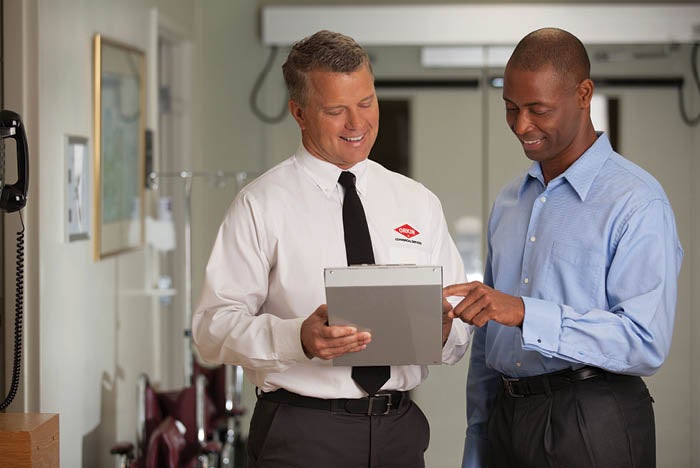Sustainability and pest control
More and more health care organizations are focusing on environmental, social and governance (ESG) performance metrics to assess their organizational strength. Environmental services (EVS) managers can contribute to positive scores by leaning into green technologies that are increasing in popularity.
Integrated pest management is a good first step, because it cuts down on chemical treatments and can contribute to LEED certification from the U.S. Green Building Council. Other opportunities include remote monitoring and migrating to digital pest record-keeping and exclusion.
Light-emitting diode fly lights are one of the most noninvasive and sustainable ways to proactively monitor for these nuisance pests, which are notorious for spreading bacteria and pathogens. EVS managers also should try using mechanical controls like traps or biological controls such as natural enemies of the identified pests before they resort to any chemical treatments.
All pest control providers should be well-versed on sustainable pest management methods that can help EVS managers streamline operations and reduce the health care facility’s carbon footprint while also minimizing the risk of pests.


